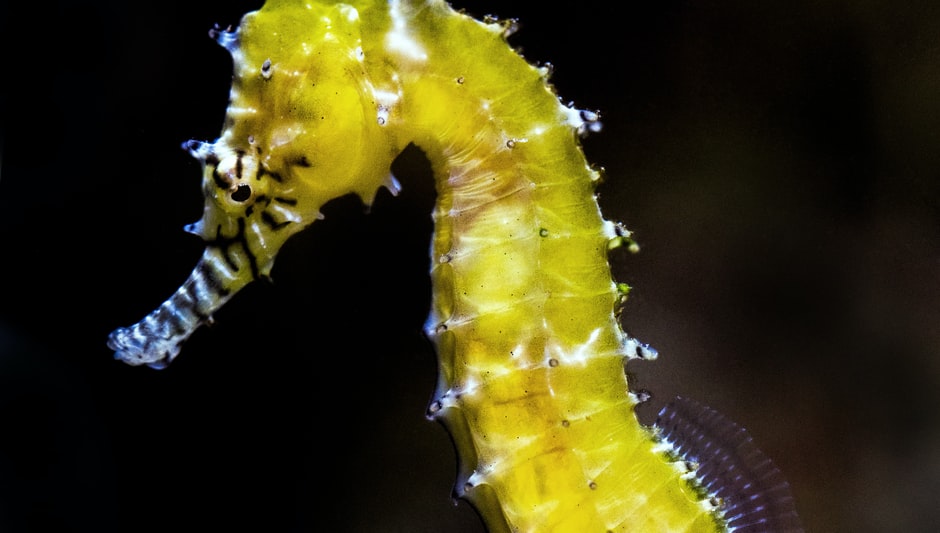Most seafood in restaurants and stores is very safe. Women and children should avoid seafood with high levels of mercury. Shrimp, oysters, and crawfish are all low in mercury. catfish, pollock, and tilapia are some of the fish that are safe to eat.
Table of Contents
How often can I eat fish sticks while pregnant?
White fish species tend to be low in mercury. Two meals a week of six ounces each can reduce mercury levels in the blood by as much as 50 percent and fried catfish is a lower-mercury fish.
Fish and Seafood Salad Dressings Fish and seafood salad dressings are a good source of omega-3 fatty acids, which have been shown to reduce the risk of heart disease and cancer. They’re also high in calcium, magnesium, potassium, and vitamin E, all of which are important for healthy bones and teeth.
Are fish sticks high in mercury?
Fast-food fish sandwiches and fish sticks are usually made from fish that is low in Omega 3 fatty acids, such as mackerel, salmon, sardines, and anchovies. Fish oil is a type of fat found in oily fish. It has been shown to reduce the risk of heart disease, stroke, high blood pressure, type 2 diabetes, Alzheimer’s disease and certain types of cancer.
Can you have frozen fish when pregnant?
Most pregnant women should eat a variety of the types of seafood they like, just more often. Don’t ask pregnant women if they can eat fish. All types of seafood – frozen, fresh, canned, and dried – are safe to eat during pregnancy.
Pregnant Women Should Eat a Variety of Fruits, Vegetables, Nuts, Seeds, Beans, Legumes, Peanuts, Avocados, Almonds, Cashews, Walnuts, Pistachios, Pecans, Flaxseeds, Chia Seeds and Other Plant-Based Fats During pregnancy, women should eat plenty of fruits, vegetables, nuts, seeds, beans, legumes and other plant-based fats, such as flaxseed, chia seeds and pecans.
These fats are high in healthy omega-3 fatty acids, which are essential for brain and nervous system development and growth.
Are fish sticks safe?
There are no serving limitations on these fish sticks. They both contain high amounts ofProtein, but are considerably healthier than oily fish, such as salmon, tuna, sardines, mackerel, anchovies, and herring. Fish sticks are also a good source of calcium, iron, magnesium, phosphorus, potassium, manganese, copper, zinc, selenium, vitamin B12, thiamine, riboflavin, niacin and pantothenic acid.
Why am I craving fish sticks?
There is evidence that suggests if you want to stave off depression, you need to increase your omega 3 intake. Some people who experience depression are lacking in fish fats, and if you eat them you could vastly improve your mood.
Are fish sticks real fish?
Nearly all fish sticks are made from Alaska pollock, a white, meaty fish that’s similar to cod and is both plentiful and sustainable. It’s the same fish that was used to make sushi. “”It’s a great way to get a lot of fish in a small amount of time,” said John Hargrove, executive director of the Alaska Fisheries Science Center in Anchorage.
“You don’t have to go to the store and buy a whole fish. You can just pick up a bunch of them and put them on the grill and cook them in the oven. That way, you’re getting all the fish you need in one go.” .
